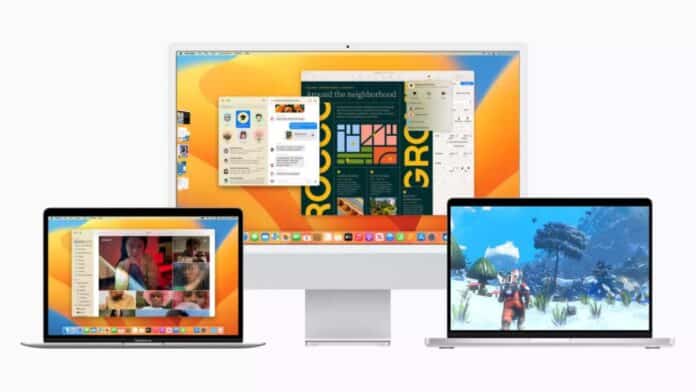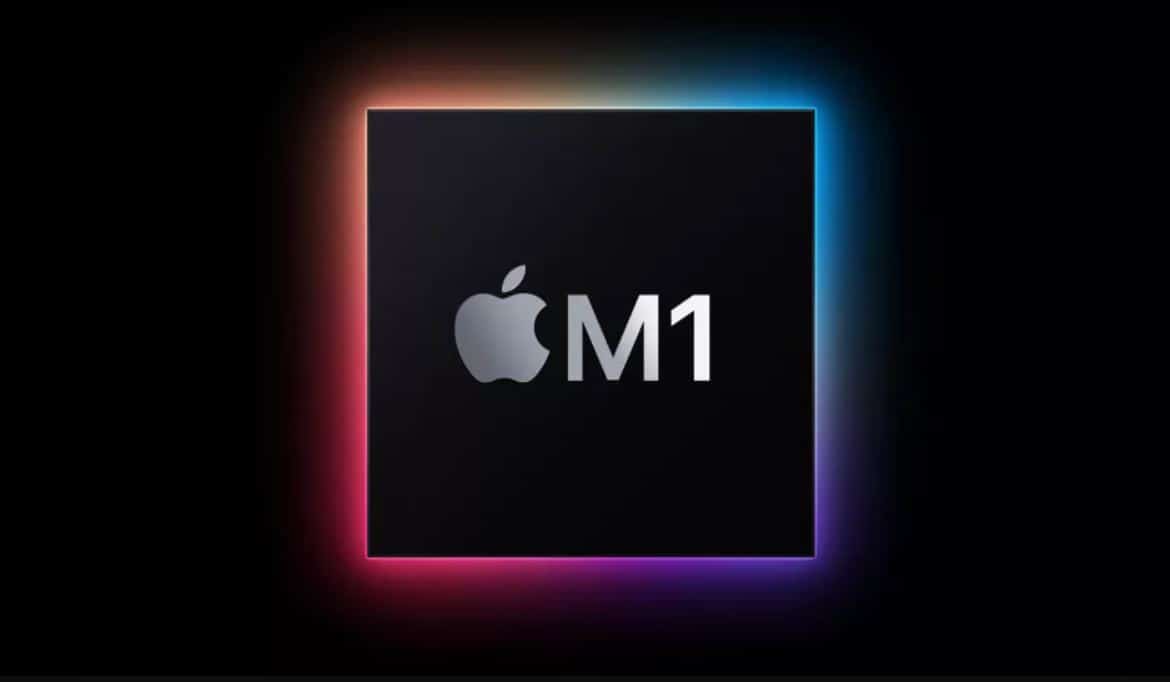Apple macOS Ventura is the name given to macOS 13. Here’s everything Apple unveiled about the upcoming Mac operating system at WWDC 2022.
Apple MacOS 13 is now out and is known as macOS Ventura. At WWDC 2022, Apple launched macOS Ventura, which includes new features such as continuity tools and Stage Manager. Mail and Safari have received several changes as well.
The public beta for macOS Ventura will be available next month for developers and Apple beta program participants. The complete release of macOS Ventura is likely in September or October when Apple introduces new Macs.
Here are all of the macOS Ventura upgrades announced by Apple today at WWDC 2022.
(also see: How To Remove Password From PDF File On Android or iPhone Mobiles, Google Chrome, Windows, and Mac)
macOS Ventura cheat sheet: top new Mac features
- Stage Manager: This is a whole new technique to maintain attention on an app or window. This utility allows you to handle many windows at once while gathering all windows into a single pile. You may also move between programs and windows, as well as group apps you want to utilize together.
- Continuity Camera: Turn your iPhone into a webcam for a different perspective. There’s also a new feature called “Handoff,” which allows you to start a FaceTime call on your iPhone or iPad and easily transfer it to your Mac.
- Mail: The search function within Mail has been updated. You may now discover items faster and more intuitively among recent emails, contacts, documents, and photographs. In Mail, you may now undo or schedule a send.
- Messages: Recover mistakenly lost messages, edit or reverse a recently sent message, mark a message as unread, or mark a message as read.
- Safari: Share tabs with friends or family in Safari. There’s also built-in collaboration for connecting via Messages or Facetime now.
- Passkeys: Apple’s Passkeys project envisions a world without passwords. These are one-of-a-kind digital keys that aren’t kept on web servers and are used to sign in with Face ID or Touch ID. With iCloud Keychain, they’ll sync across Mac, iPhone, iPad, and Apple TV.
macOS Ventura: When will it be released?
The introduction of MacOS Ventura is virtually guaranteed to happen around September or October when Apple usually introduces new Macs. In one month, developers and Apple beta program participants will be able to download a beta of macOS Ventura.
macOS Ventura is the name of the operating system.
Apple tends to give macOS versions both a number and a name, as seen by the names Monterey and Big Sur for macOS 12 and 11, respectively. Both of those operating systems take their names from California lakes.
Parker Ortolani, a marketing strategist and product designer, predicted on 9to5Mac in 2021 that macOS 12 would be called Mammoth or Monterey. That same year, TechRadar predicted something similar. Apple would later pick Monterey, leaving Mammoth as a viable option for the 2022 update.
According to Tech Advisor, Apple trademarked the term Mammoth in March 2013, along with other probable macOS names. Since then, the corporation has continued to renew the Mammoth trademark, with the most recent renewal scheduled for late 2021.
According to Technowize, the Mammoth trademark is owned by the shell business Yosemite Research LLC, which also owns other Apple trademarks such as “Yosemite,” the name of macOS 10.10.
All of these elements lead us to conclude that macOS 13 will be called Mammoth.
Compatibility and supported devices for macOS Ventura
Apple is shifting its numerous Mac models away from Intel CPUs and toward its own Apple silicon. Although we doubt Apple will abandon Intel-based Macs entirely with macOS 13, it’s logical to anticipate that certain older devices will be ineligible for the update. Because macOS 12 isn’t accessible for Macs manufactured before 2013, Macs manufactured between 2014 and 2015 will probably miss out on Mammoth.
What was just announced for macOS Ventura?
macOS 12 improved Mac computers’ connection with the Apple ecosystem. Universal Control, for example, allows people to use the same mouse and keyboard on a Mac and an iPad. We anticipate that this will continue with macOS 13. Apple will also most likely make greater use of Macs equipped with the M1 processor, but it’s unclear how. After all, macOS 13 must still run on Intel-powered Macs.
There isn’t much information available about macOS 13, but here are some things we’d like to see in Apple’s next major macOS version.
improved M1 chip usage
We’d want to see macOS 13 get more out of Apple’s current M1 processors. That’s not to suggest that the new MacBook Pro 14-inch, MacBook Pro 16-inch, and Mac Studio aren’t outstanding. They most certainly are. However, while such machines are extremely powerful, especially for professional artists, their gaming skills are often lacklustre. While developers bear much of the blame for not optimizing their games for Apple hardware, Apple could make several OS-level modifications that would make macOS a more desirable environment to play games.
There’s also the M2 chip to consider. According to what we’ve learned about the next Apple processor, it will prioritize speed over power. If the M2 is the actual deal, it’ll be fascinating to see what, if any, new features macOS 13 will bring.
Backing up to iCloud
Time Machine is a tool on Macs that allows you to recover data if you lose them. The functionality works by capturing daily photos of your macOS device. This is nice, but we’d want to see macOS 13 bring iCloud saving to Macs.
This want is related to the already mentioned integration. It doesn’t make sense that macOS workstations can’t be backed up to iCloud in the same way that iOS and iPad devices can. Sure, you can backup data by keeping them on an external hard drive, but with the prevalence of cloud-based storage, we shouldn’t have to.
iPhone Moveable widgets
The latest versions of iOS and iPadOS allow you to rearrange widgets, however, macOS does not. It would be useful to be able to move widgets to any region of the screen. We understand that widgets are not for everyone, but we believe they may be beneficial. Placing them anywhere we wish would increase their utility.










![Samsung Galaxy M15 Stock Wallpapers [Full HD+] are Available for Download Samsung Galaxy M15 Stock Wallpapers [Full HD+] are Available for Download](https://www.techfoogle.com/wp-content/uploads/2024/04/Samsung-Galaxy-M15-Stock-Wallpapers-Full-HD-are-Available-for-Download-100x70.jpg)



